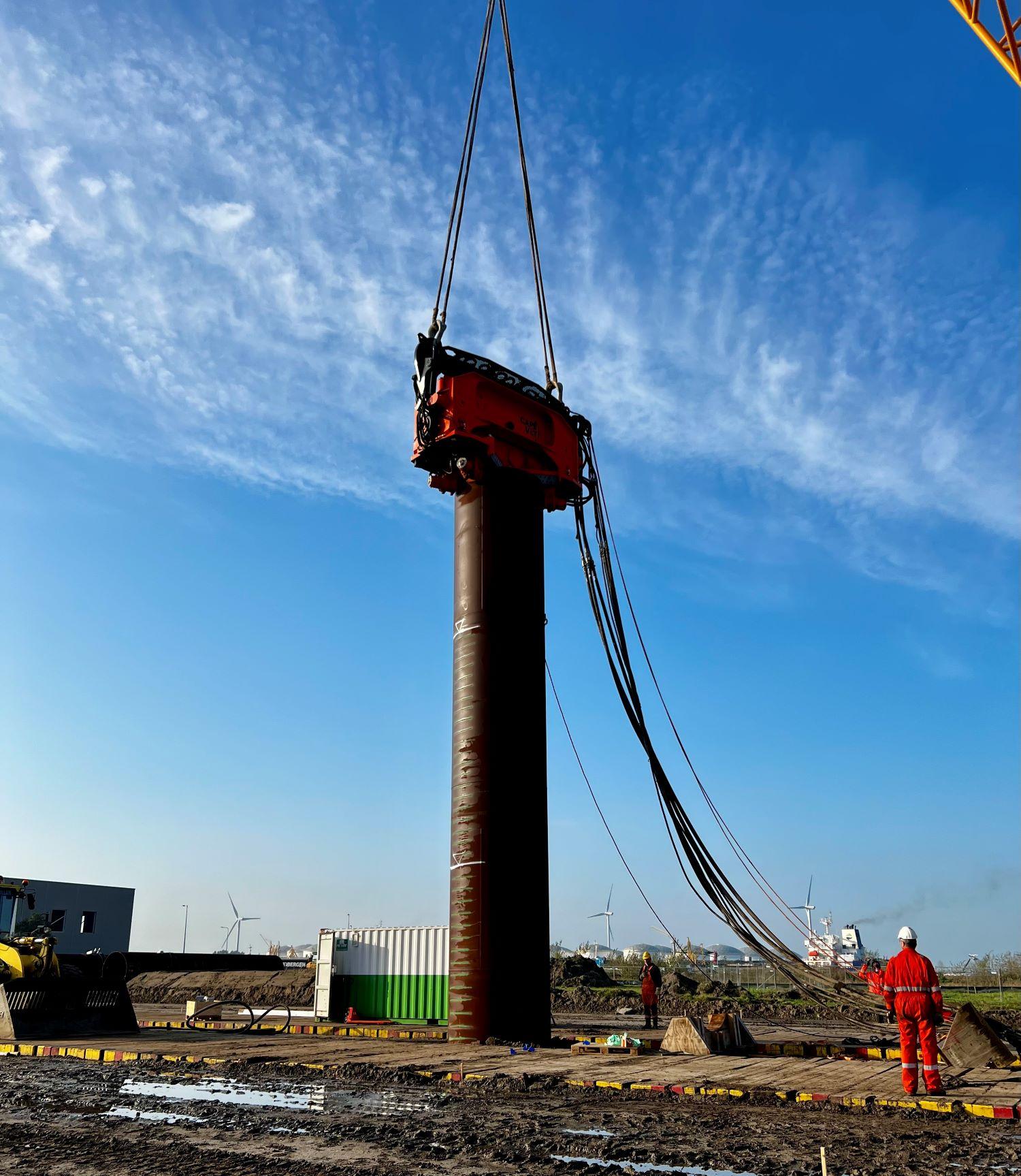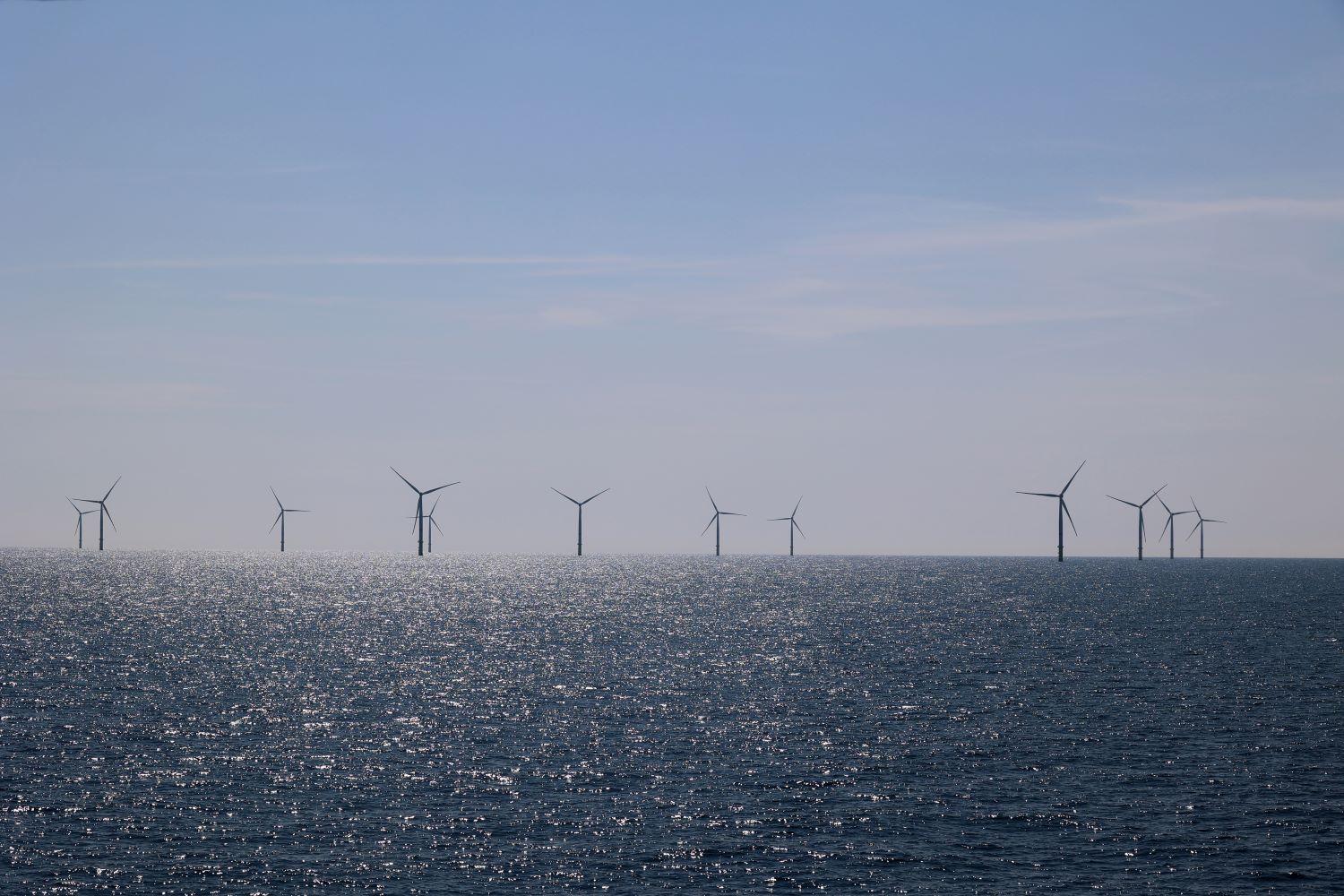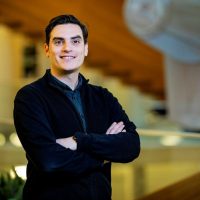Winds of change for wind at sea
The world is at a pivotal moment in addressing the renewable energy challenge and thus reducing the CO2 emissions. Water and subsurface resources, such as aquathermal and geothermal systems, are essential for advancing the heat transition. The electrification transition relies heavily on and floating solar energy and scaling up offshore wind.

Offshore wind plays a crucial and highly visible role in the transition towards renewable energy production. Future scenarios for supply and demand energy systems and the North Sea Energy Outlook alone, indicate this region will need between 38 and 72 GigaWatt of cumulative offshore wind capacity by 2050. This fulfills the goals and missions that international and national governments have set.
Mature industry
Over the past three decades, the offshore wind sector has developed itself into a mature industry that can sustain itself. This also means that research and innovation efforts in the offshore wind sector no longer focus predominantly on cost reduction and risk mitigation. Topics like upscaling, minimisation of environmental impact, maximisation of added value through inclusion of multi-use in wind farms and integration into the existing energy system, as well as sustainable decommissioning, receive increasing attention. The wind farms of the future are multi-use and multi-source energy parks.

Multi-disciplinary approach
To address future wind farm challenges, a multi-disciplinary approach is essential. This involves research in engineering, ecosystem interaction, and marine spatial planning. Collaboration across these fields is crucial for scaling up offshore wind development and planning for decommissioning.
Integrated knowledge, experimental and digital facilities, and models are focused on delivering cost-effective solutions, driving innovation, and minimising risks to people and the environment. This holistic approach supports a successful and sustainable transition to renewable energy.
Innovation, upscaling and operation
Our engineering research in the field of hydrodynamics, seabed dynamics, geotechnics and geophysics enables cost reduction and mitigation of risks for offshore wind farm developments. In addition, we develop an understanding of the technical performance and boundary conditions of successful implementation of Nature-Inclusive Design of offshore wind farms but also of combining offshore wind with other functions, like floating solar or aquaculture. Our work typically enables innovation/scaling-up or becomes part of industry guidelines.
To give some examples: we work together with the entire value chain and governmental organisations in our Joint Industry Projects on topics like innovative monopile installation techniques (GDP, SIMPLEIII, SIMOX), nature-inclusive scour protection design (SPREE, HaSPro), extreme wave impacts (RUNWAVE), decommissioning of monopiles (HYPE-ST) and performance of floating solar panels in extreme conditions (Nautical Sunrise, NS2). By working together with the industry our research and results are directly useful for practitioners.
Ecosystem interaction
Under EU guidelines there is a large national and international drive to restore lost biodiversity, ecosystem functions and key species. These are all impacted by both direct human-induced changes (like offshore wind farm developments) but also by climate change. Our research on ecosystem interaction focusses on developing both an understanding of ecosystem effects of offshore wind development and on modelling tools to quantify these effects.
This basic understanding of how offshore wind development may impact the entire ecosystem can feed into decisions for future selection of wind farm development areas. It can also be used to assess required measures to either minimise impact or even create a net-positive impact of offshore energy developments.
One of our most important projects on ecosystem interaction is WOZEP (Wind op Zee Ecologisch Programma), which is closely aligned with the MONS research program on ecosystem functioning and ecosystem resilience of the North Sea. The information generated by this project is already used to assess impact from offshore wind farms on protected species. Recently, the NID4OCEAN project has kicked off, which focuses on integration of nature-inclusive design practice for offshore renewable energy development.
Marine spatial planning
The energy transition will claim significant areas on the North Sea dedicated to energy generation, for now offshore wind and possibly floating solar in the future. Moreover, the existing electricity infrastructure is not yet suited for the projected developments, which requires proper planning for new infrastructure like energy islands or offshore hydrogen generation, but also for techniques like power-to-heat to maximise efficiency of renewable energy.
Additionally, the food transition is looking at the North Sea for seaweed and shellfish aquaculture. The North Sea provides these and many other services and benefits to society, but cumulative pressures of all human activities may significantly affect the marine ecosystem. This is already under pressure with declining biodiversity and habitat degradation.

Fair distribution of space
It is therefore crucial to protect the marine ecosystem from adverse and cumulative effects related to all these changes. Through our research, Deltares develops integrated tools and knowledge that can assist in developing policies or support decision-making to achieve a fair distribution of available space for humans and nature, whilst at the same time still achieving the renewable energy development ambitions. Deltares is doing this at national level in projects like ROAD2SID and ECOAMARE, at international level supporting cross-border and cross-sectoral collaboration and policy decision-making in the Greater North Sea Basin Initiative (GNSBI) and in international research collaborations (UNITED, ULTfarms) by working in broad research consortia.
The large-scale deployment of offshore wind energy will have significant impact on other use of the seas. That impact may be favourable, but could also be adverse. In the ROAD2SID project, coordinated by Deltares and executed for the GROW programme, a roadmap was prepared that will help to maximise the opportunities for symbiotic use of the sea.
David de Jager, Director GROW


